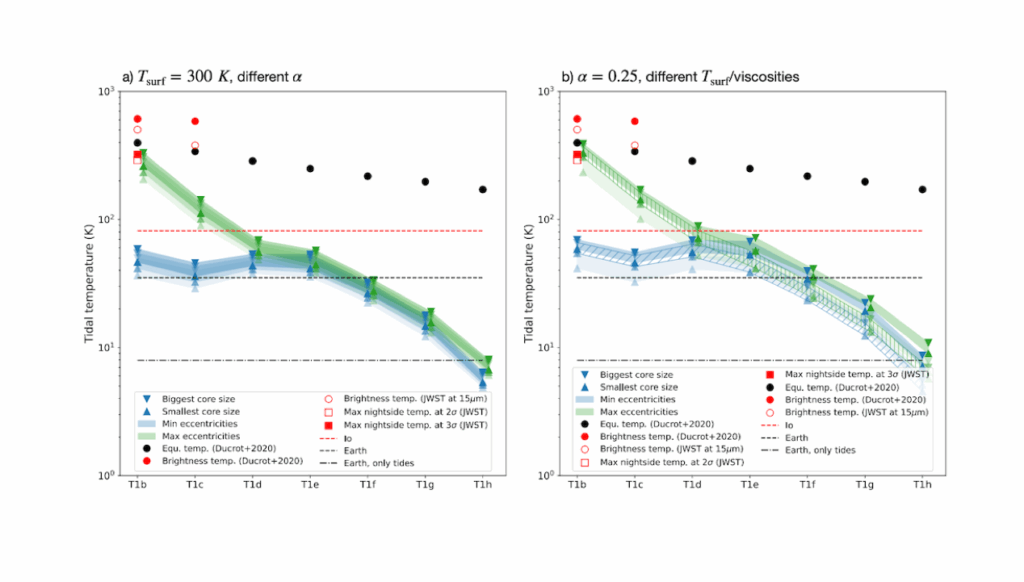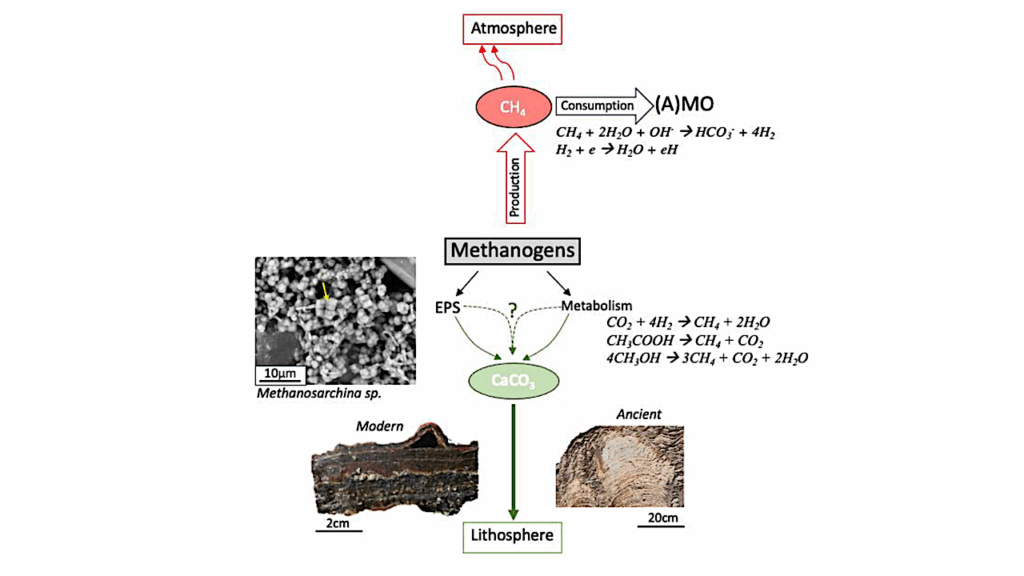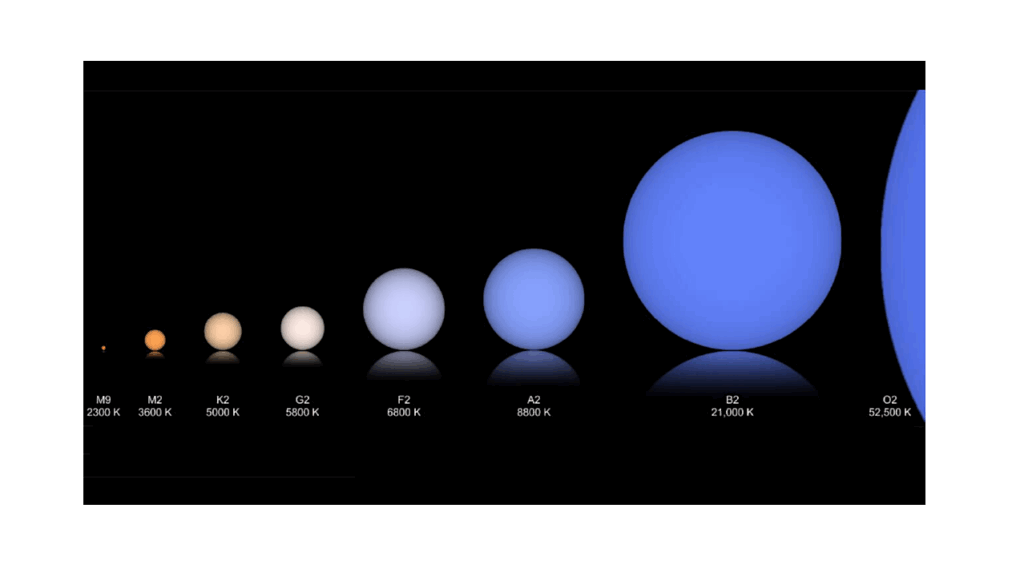Erosion of an Exoplanetary Atmosphere Caused By Stellar Winds

We present a formalism for a first-order estimation of the magnetosphere radius of exoplanets orbiting stars in the range from 0.08 to 1.3 Mo. With this radius, we estimate the atmospheric surface that is not protected from stellar winds.
We have analyzed this unprotected surface for the most extreme environment for exoplanets: GKM-type and very low-mass stars at the two limits of the habitable zone. The estimated unprotected surface makes it possible to define a likelihood for an exoplanet to retain its atmosphere. This function can be incorporated into the new habitability index SEPHI. Using different formulations in the literature in addition to stellar and exoplanet physical characteristics, we estimated the stellar magnetic induction, the main characteristics of the stellar wind, and the different star-planet interaction regions (sub- and super-Alfvénic, sub- and supersonic). With this information, we can estimate the radius of the exoplanet magnetopause and thus the exoplanet unprotected surface.
We have conducted a study of the auroral aperture angles for Earth-like exoplanets orbiting the habitable zone of its star, and found different behaviors depending on whether the star is in rotational saturated or unsaturated regimes, with angles of aperture of the auroral ring above or below 36^\circ, respectively, and with different slopes for the linear relation between the auroral aperture angle at the inner edge of the habitable zone versus the difference between auroral aperture angles at the two boundaries of the habitable zone. When the planet is tidally locked, the unprotected angle increases dramatically to values higher than 40^\circ with a low likelihood of keeping its atmosphere. When the impact of stellar wind is produced in the sub-Alfvénic regime, the likelihood of keeping the atmosphere is almost zero for exoplanets orbiting very close to their star.
J.M. Rodriguez-Mozos, A. Moya
(Submitted on 19 Aug 2019)
Comments: Accepted for publication in A&A, section 10. Planets and planetary systems14 pages. 2 figures, 7 tables
Subjects: Earth and Planetary Astrophysics (astro-ph.EP); Solar and Stellar Astrophysics (astro-ph.SR)
Cite as: arXiv:1908.06695 [astro-ph.EP] (or arXiv:1908.06695v1 [astro-ph.EP] for this version)
Submission history
From: Andres Moya
[v1] Mon, 19 Aug 2019 11:11:47 UTC (68 KB)
https://arxiv.org/abs/1908.06695
Astrobiology







